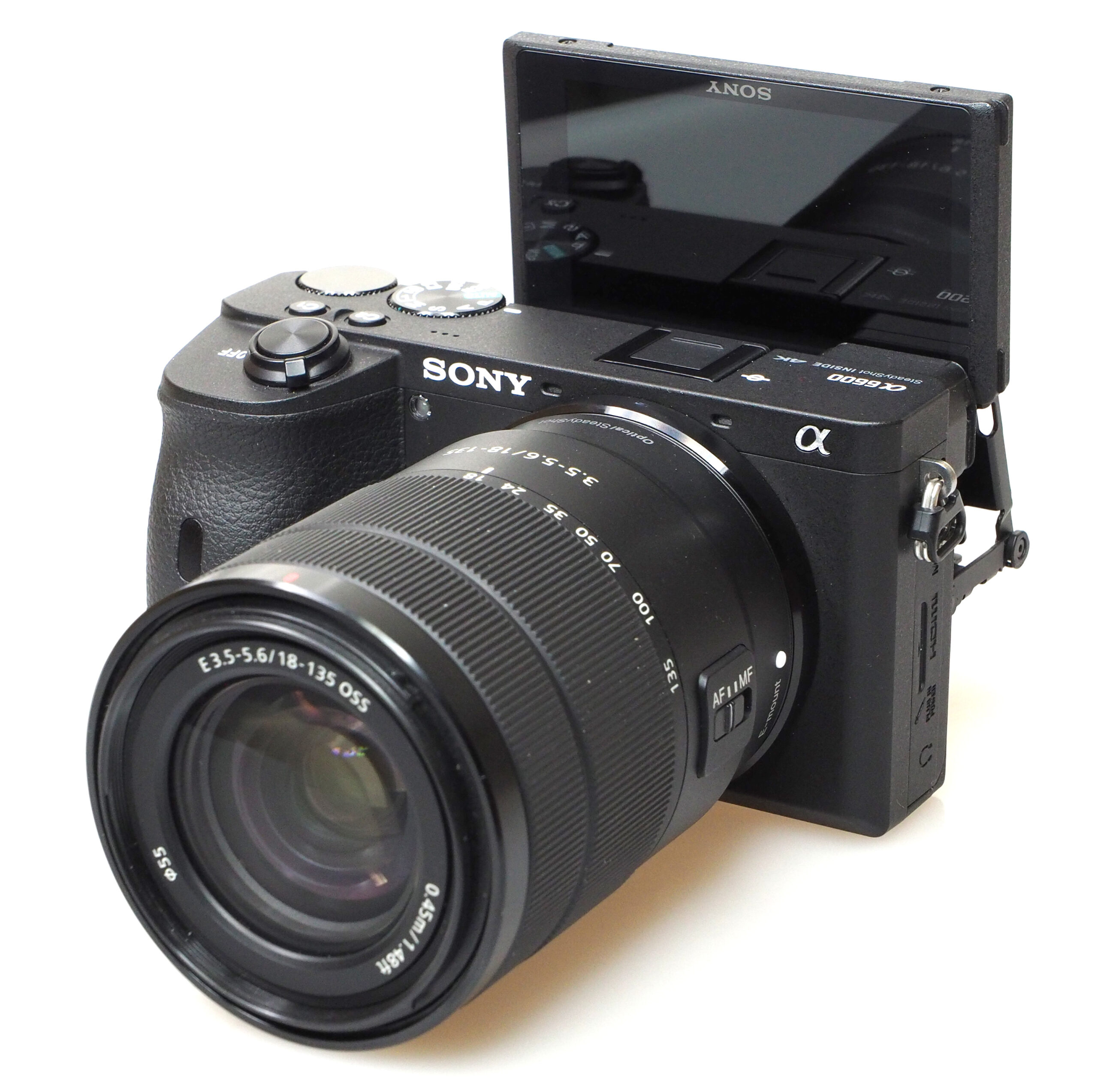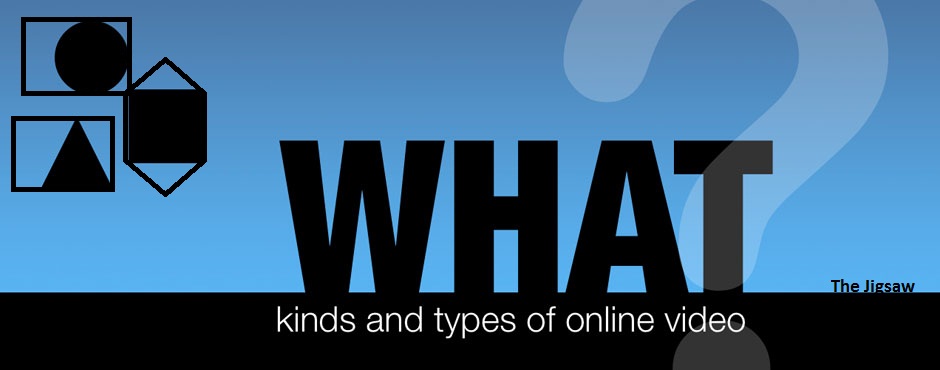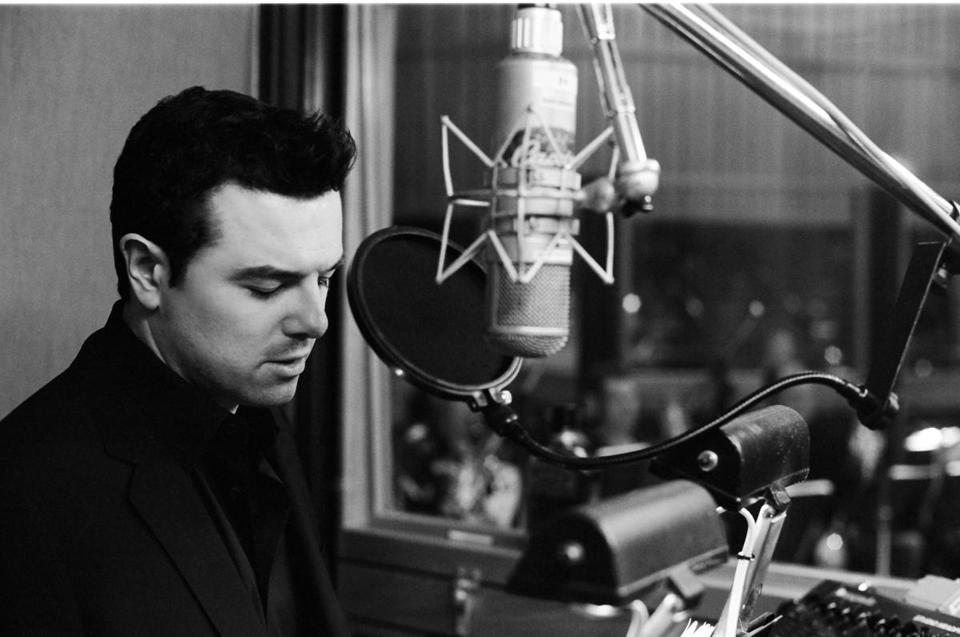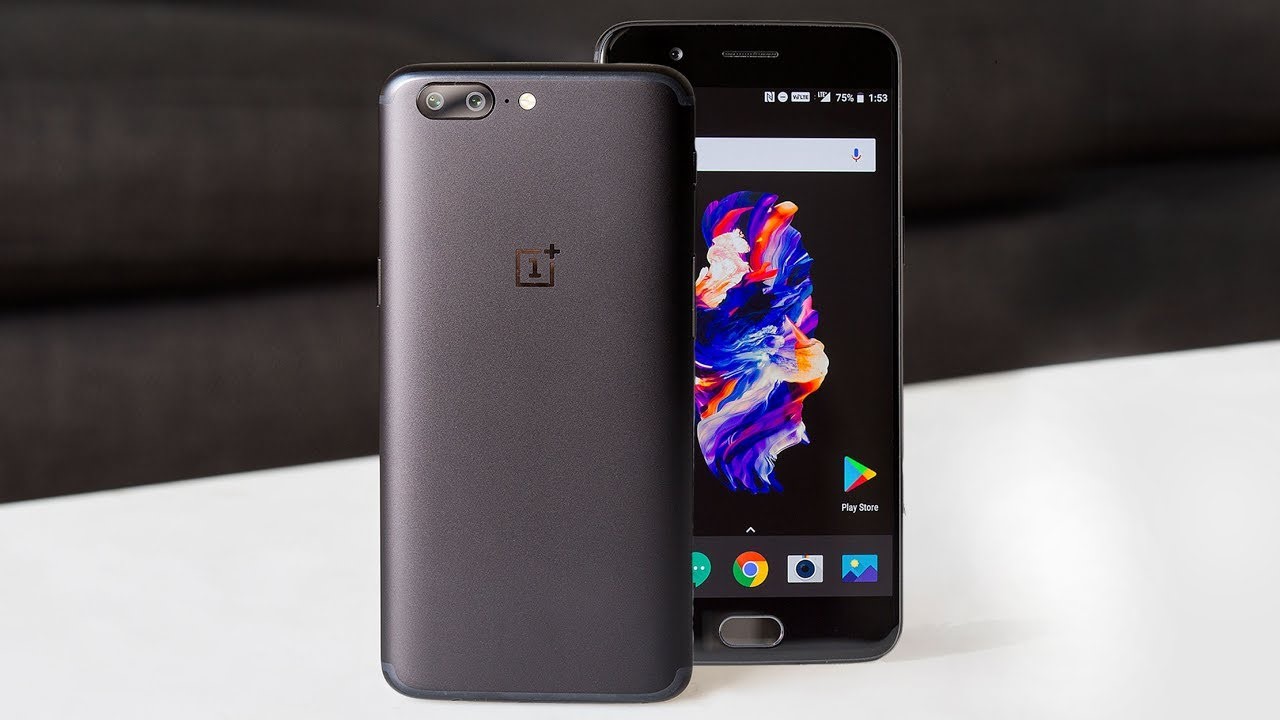If you practically have no idea about the pricing of full-frame DSLR cameras as a learner, this might be the right article for you. Purchasing a full-frame DSLR camera will probably get you distracted with technicalities and details. Let this help you find your ideal camera under the given budget.
Canon EOS 6D Mark II
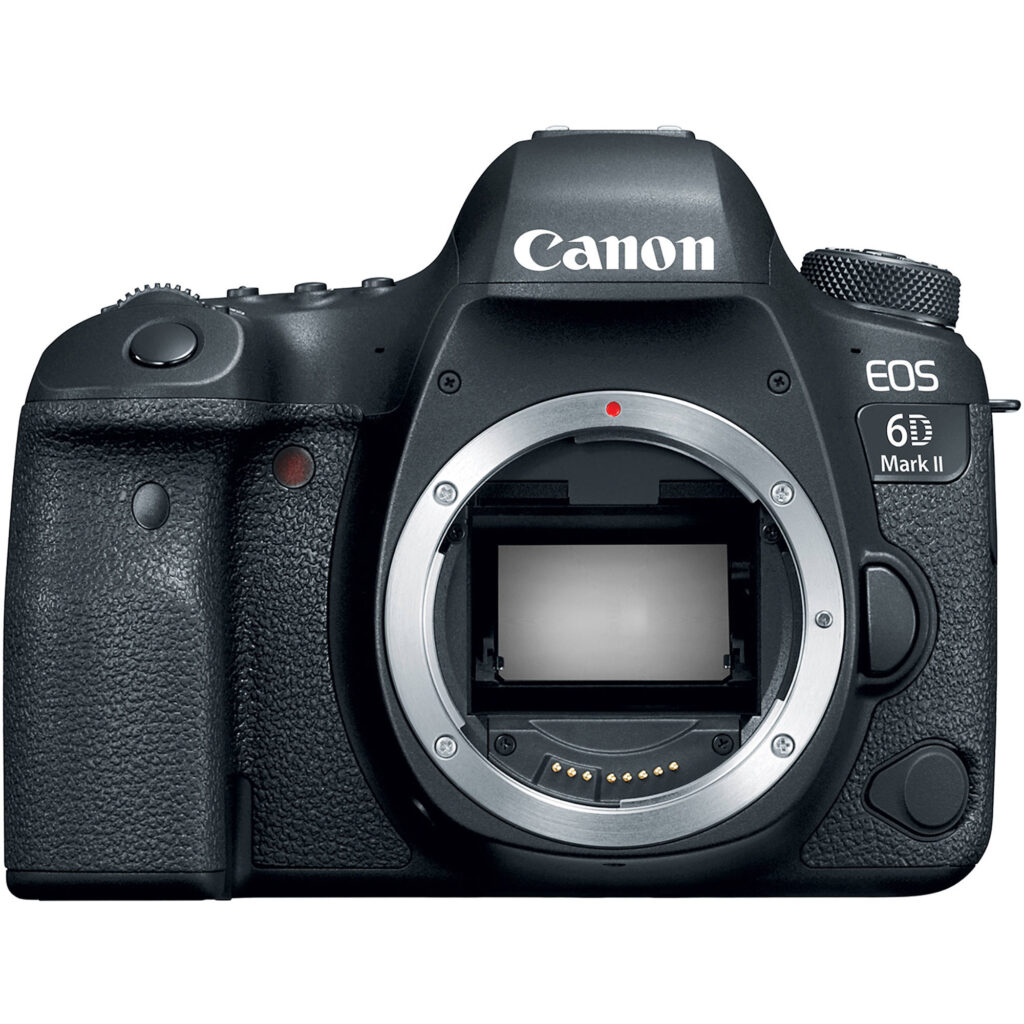
This camera is an assortment of dealing with developments and showing off a higher megapixel record and a recent image processor. Crucial upgrades comprise two current auto focus systems; the major AF module has 45 phase-detection points cross-type.
Mark II’s Dual Pixel Image sensor has much-advanced auto focus for live view and videos. It also facilitates composite phase/ contrast detection. The exclusively conveyed display appears incredible from any angle and works best for assigning a point on the go and for steering the instinctive “Quick” menu.
Nikon D780
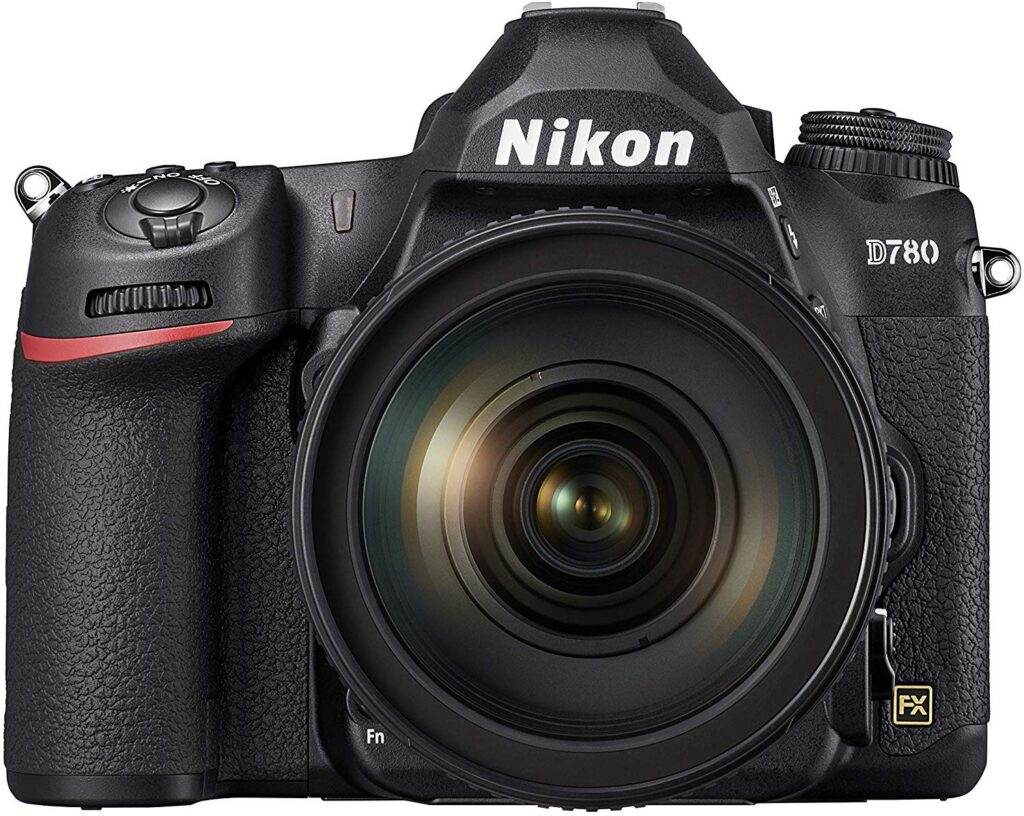
The Nikon D780 is a much better version of the D750. The D750 camera is the most significant innovation and initiative that keeps the world of DSLRs alive. The camera has advanced to an uncropped 4K video mode, a touch screen display and a gathering of minor but valuable modifications.
Nikon has been in the market for a long time, and there is no way you wouldn’t expect the camera to work like a pro. This full-frame DSLR camera has sophisticated features which comprise live view fast phase-detection.
Nikon D810 FX
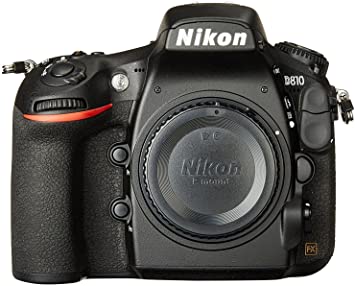
With the release of the 800- Series by Nikon after capturing the market for DSLR cameras, one of the best releases from this series is the Nikon D810. The D810 model replaced both of the models from the 800- series with further advancements and an upgrade in an AA filter.
The D810 is not a common dupe of the previous 800- series models by any chance. Various significant modifications took place with this camera.
Nikon D750
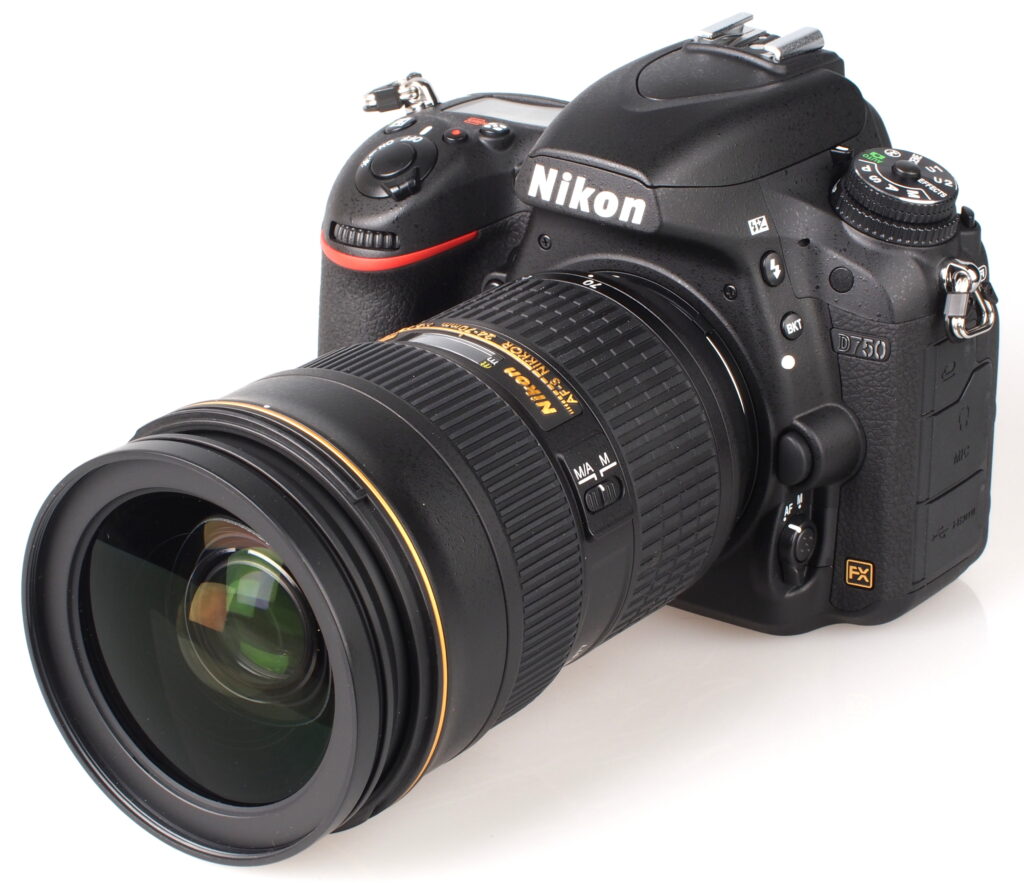
The D750 is a very distinct DSLR camera that Nikon released. It is a combination of both affordable D610 and the higher and resolution D810. The D750 camera has combined features of both cameras. However, the only exception that is there is the 24-megapixel sensor.
The body and quality of the camera have much more familiar with the other two of them. The D750 provides an advanced version of the D810 autofocus system and a faster continuous shooting mode.
Sony a7 III
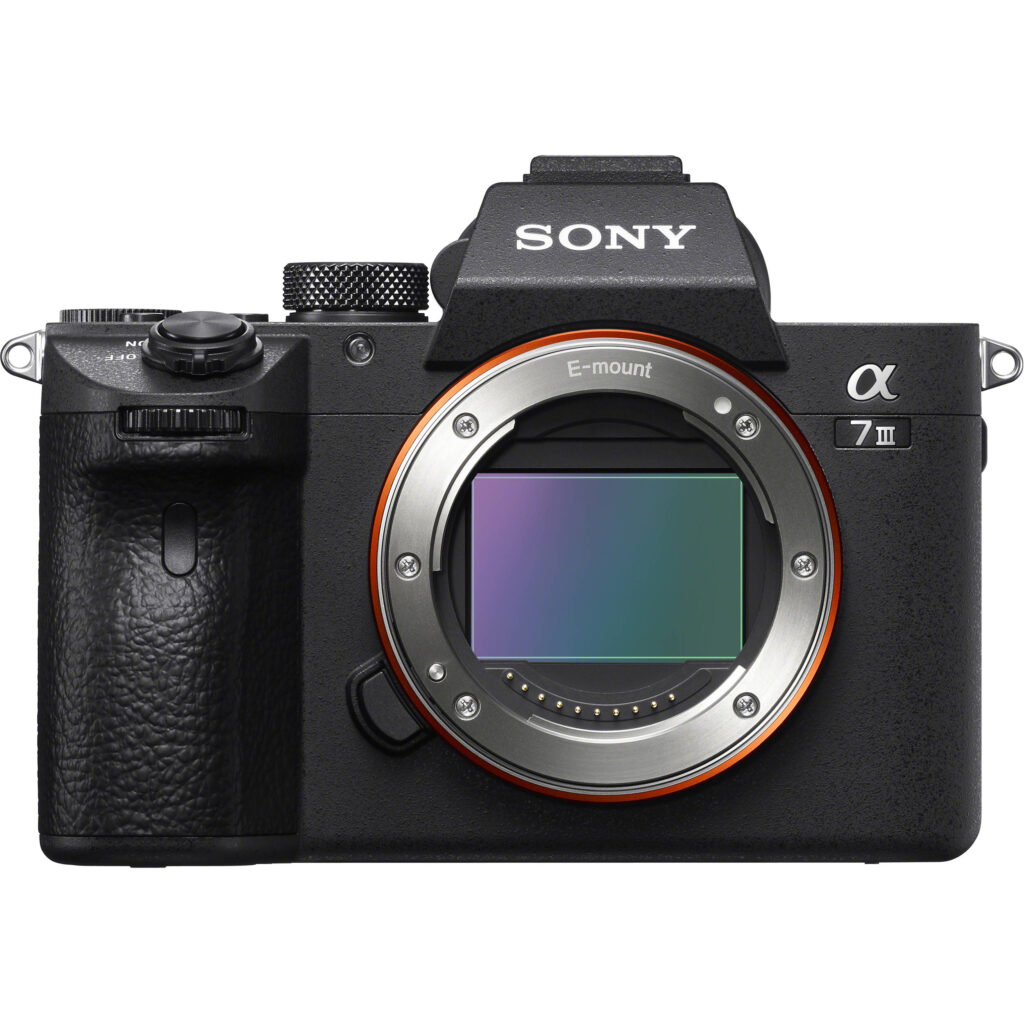
Despite being labelled a “basic” model, the Sony a7 III is a highly eligible full-frame camera. Even if it doesn’t have the ample megapixels or films the rapid bursts, its well-recognised combination of turmoil, acceleration, characteristics and cost price makes it a simple suggestion for all sorts of photographers and all kinds of photography.
Along with a 24 MP full-frame BSI CMOS sensor, the camera also has 93% autofocus coverage. In comparison to the other previous models, the a7 III has been advanced in so many ways.
Nikon Z50
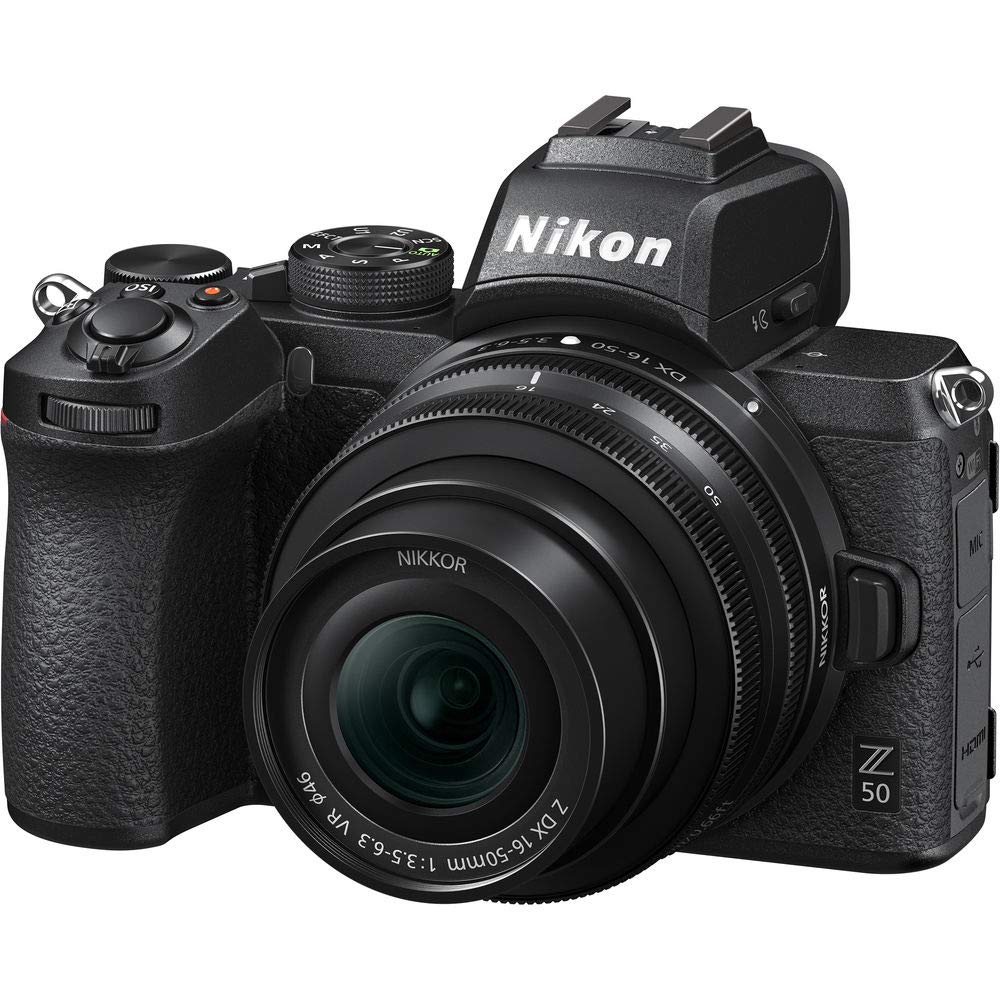
The Z50 mirror-less camera with:- 20.9 MP with an APS-C sensor behind its new, more giant “Z” mount. It is highly beneficial to the newcomer photographers or people who do not contemplate themselves as photographers. Apart from the outstanding quality, the company has offered two significant lenses for the sensor size.
The Nikon Z50 camera is similar to the FTZ mount adapter, enabling it to operate F- DSLR lenses. The Z50’s autofocus is, however, more distinctive and backed away from its predecessors.
Nikon Z5
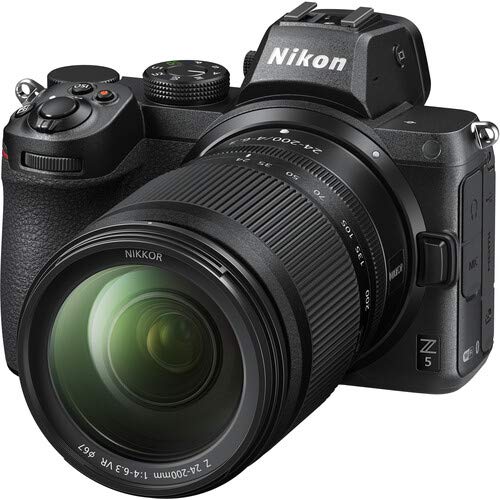
The Nikon Z5 entry-level full-frame mirrorless camera appears and regulates almost precisely like its higher-end Z-mount releases, the Z6 and Z7. It’s assembled around a solidified non-BSI 24MP CMOS sensor, which is more nearly related to the era of the chip found in Nikon D750 DSLR instead of the current BSI sensor in the Z6. The Z5 shares the same 273-point cross autofocus system, which is scantily trimmed down and more stand-focused. Apart from all that, it comprises a 3.69 M-dot OLED viewfinder. Needless to say that the Z5 camera and the Z6 camera has a similar handling standpoint and image quality.
Nikon Z6
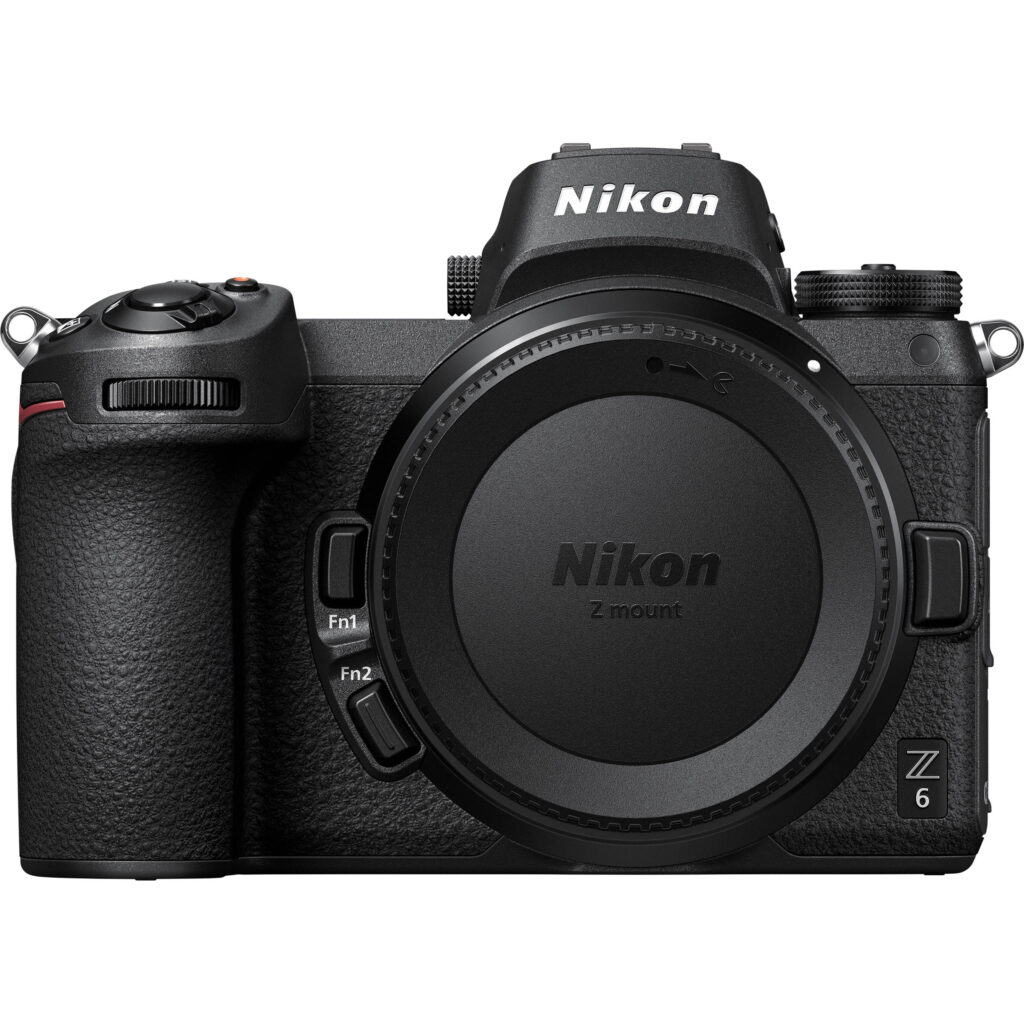
The Nikon Z6 is one out of the two full-frame mirrorless cameras inaugurated by Nikon in August 2018. It is identical to its other variant, the Z7, with the significant distinction between the sensor and the reduction in the resolution that comes onward. The Z6 also has a lesser number of phase-detect autofocus points because of the lower-res sensor.
Otherwise, the camera appears with the same rugged physique, the identical ordinary discretion, and passage to a tiny but quickly-to-accumulate assortment of Z-Mount lenses.
Fujifilm X-T200
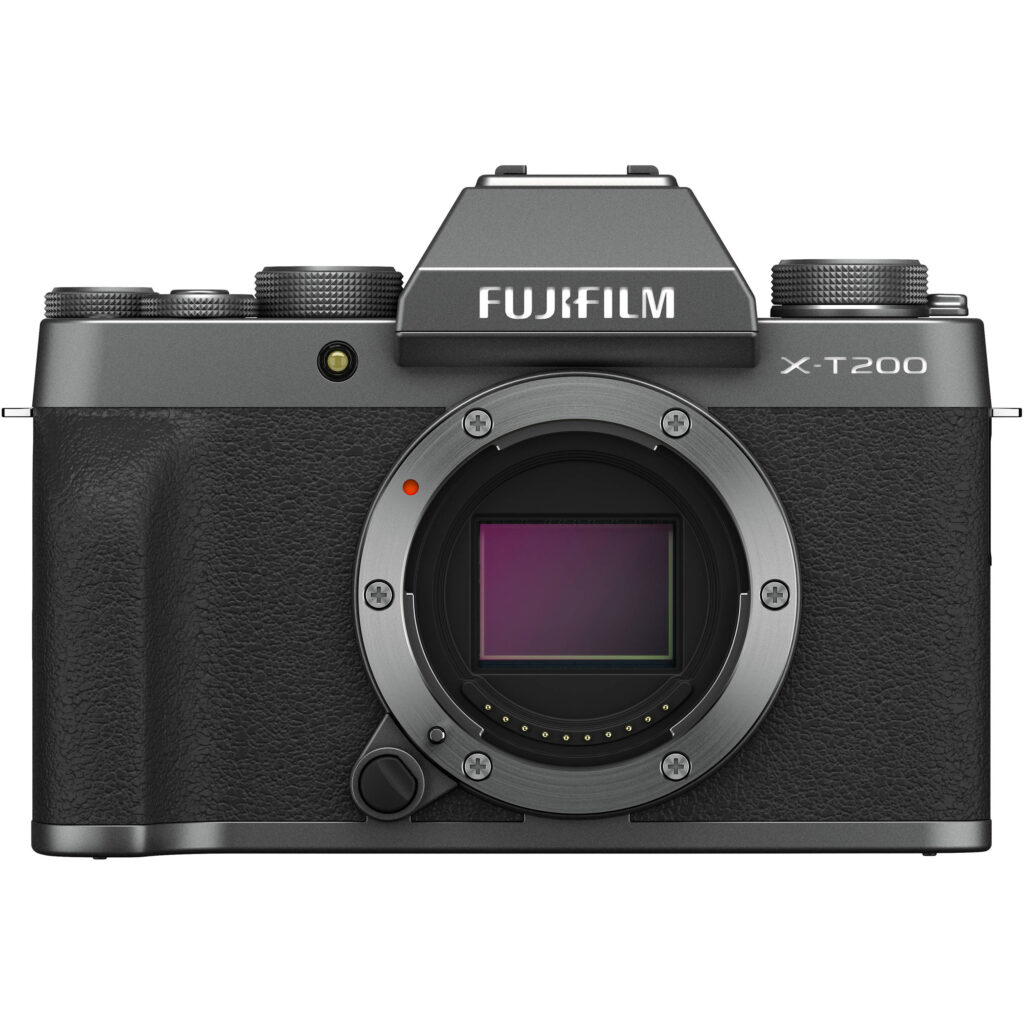
The Fujifilm X-T200 is an affordable mirrorless camera that operates the company’s X-mount. It renovates the X-T100, a camera that appeared outstanding and productive when it was launched, but with its passive accomplishment, it was a failed release.
Thankfully, Fujifilm has put a lot of effort into formulating the X-T200, both more advanced and full-featured. The camera has been upgraded with a new clarity effect and a specified 4K video with no crop. Apart from all that, it also includes a new digital gimbal and HDR video options.
Sony Alpha 6600
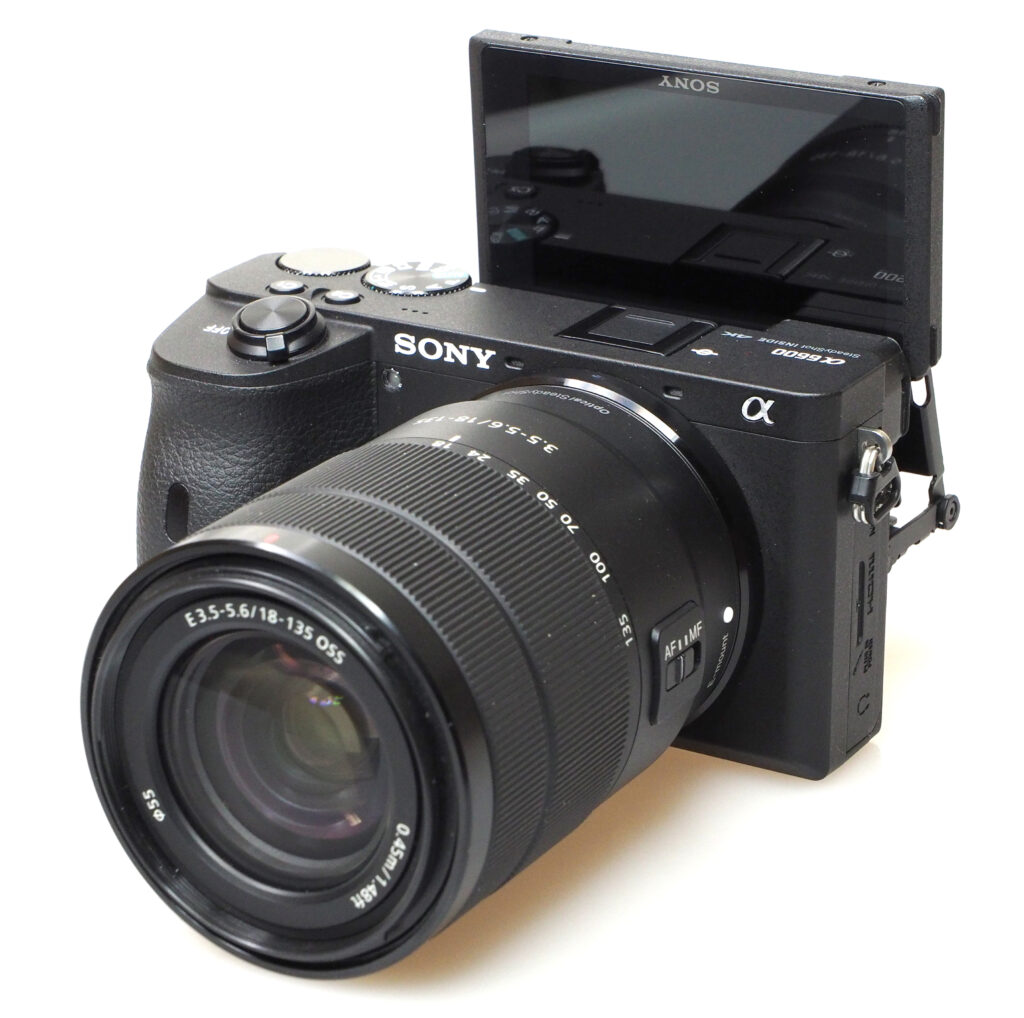
The Sony a6600 is the company’s top-selling gadget and an APS-C mirrorless camera with a resolution of 24-megapixel and 4K video filming. It appears pretty much like Sony’s other a6000 series models at first glimpse. Still, this camera has massive battery life. The best compose integrity of the whole series, even if the images generated are considerably compared to the less costly alternatives.
Getting your hands on the right kind of full-frame DSLR camera can be e a little tricky. You have to choose the right system and the proper coordination while choosing your pro camera. Many people might think that an expensive camera is all it takes to start with professional photography.
However, that is not nearly correct. There are a lot of affordable options that you could pick for starters. As the list above mentions, the list of DSLR under Rs. 150000, you can get your hands on one of them or do more research and find a full-frame DSLR that you like.
